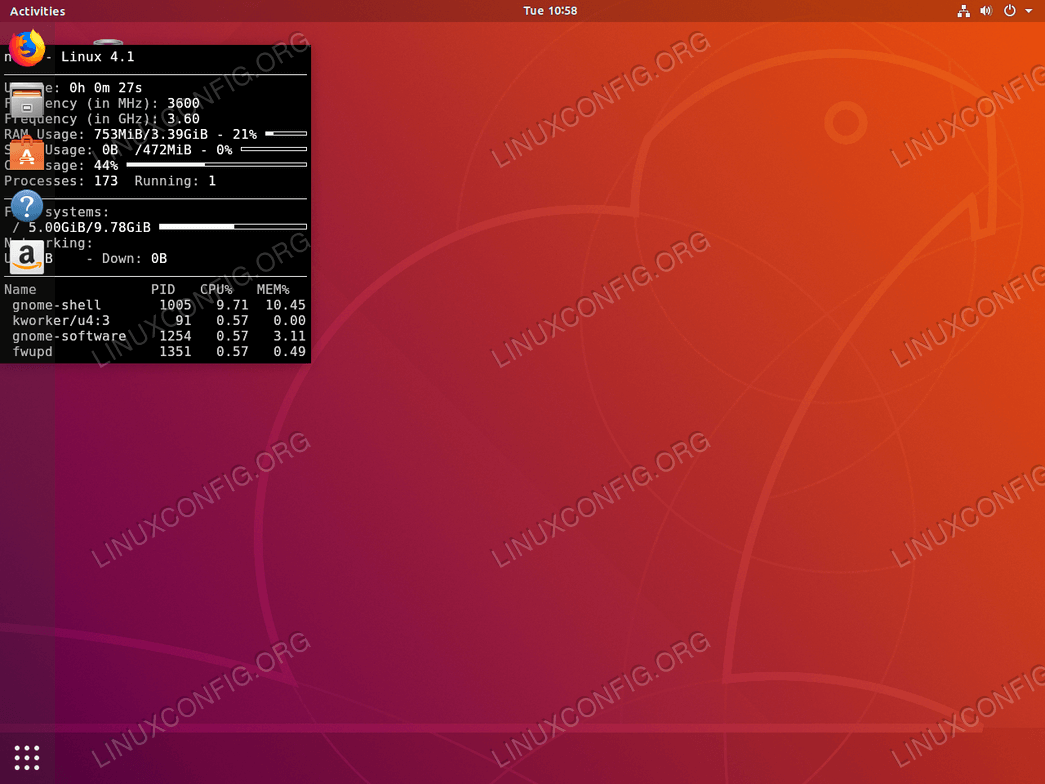

It shows you all the running processes and their memory consumption. This will start the GNOME System Monitor. In other desktop environments, search for System Monitor in the menu. If you’re using the GNOME desktop, press the Super key (Windows key) and look for System Monitor. System Monitor: The Task Manager of Linux distributions
#Ubuntu system monitor install how to#
In this article, we’ll see how to find and use the task manager on Ubuntu and other Linux distributions that use GNOME as the desktop environment. Usually, it’s called System Monitor, but it actually depends on your Linux distribution and the desktop environment it uses. An expert Linux user prefers the command-line way to find processes and memory consumption, etc., but you don’t have to go that way, at least not when you’re just starting out with Linux.Īll the major Linux distributions have a task manager equivalent. When you’re just starting out with Linux, you may also look for a task manager equivalent on Linux. You can choose to end a process from this task manager application. This task manager shows you all the running processes and their memory consumption. You press Ctrl+Alt+Del to get to the task manager in Windows. People who are coming from Windows know how valuable the task manager is.

These are some of the most frequently asked questions from Linux beginners: “ Is there a task manager for Linux?” “How do you open the task manager on Linux?” “Where do I find the Ubuntu task manager?”


 0 kommentar(er)
0 kommentar(er)
